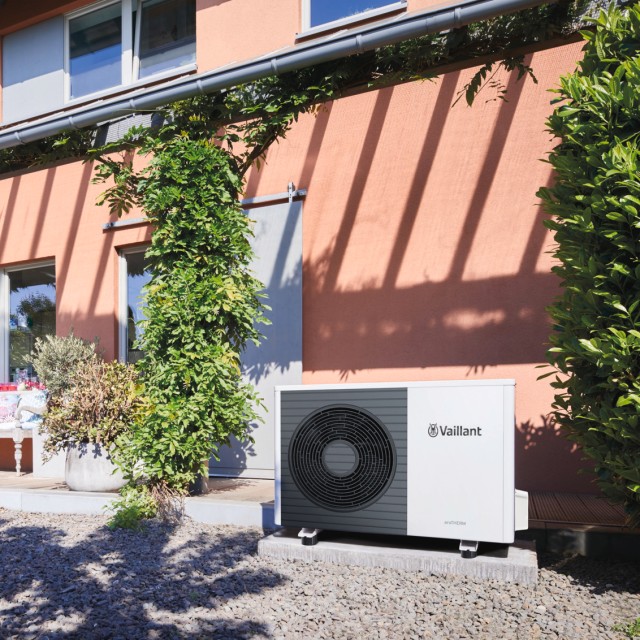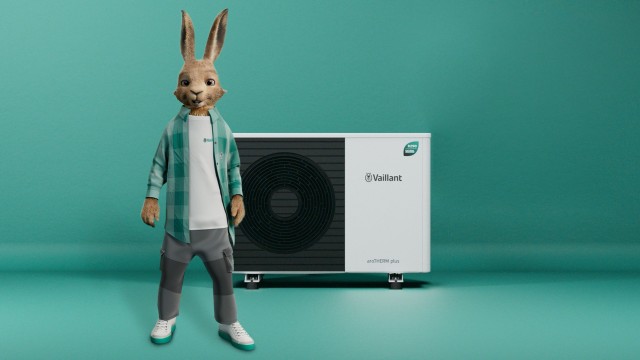Help from the Vaillant Hare
Hello! I'm the Vaillant Hare and you might of seen me over your TV screens recently. The team of experts at Vaillant are here to help with any questions you might have about your heating system, from heat pump suitability, which type of thermostat is best for my home and what happens if your boiler pressure drops.
Read some of their most popular advice below:




_image_640w_640h.jpg)



